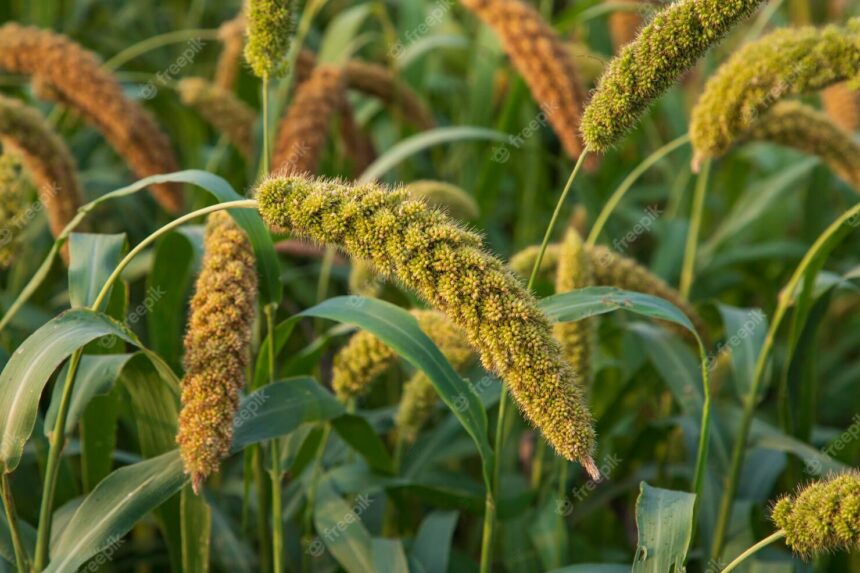Sorghum farming is indeed an agricultural practice that can offer both nutritional and economic benefits, particularly in South Africa. Sorghum (Sorghum bicolor) is a versatile grain crop that is well-suited to various climates and can thrive in both dry and semi-arid regions, making it a valuable option for farmers facing water scarcity or unpredictable rainfall patterns.
Nutritional Benefits of Sorghum:
- Nutrient-Rich: Sorghum is a good source of essential nutrients, including carbohydrates, proteins, fiber, and minerals such as iron, calcium, and potassium. It is also rich in antioxidants, which have been linked to various health benefits.
- Gluten-Free Alternative: Sorghum is naturally gluten-free, making it a suitable grain option for individuals with celiac disease or gluten sensitivity. Its gluten-free nature has contributed to its increasing popularity as an ingredient in gluten-free products.
- Health Benefits: Regular consumption of sorghum has been associated with several health benefits, including improved digestion, reduced risk of certain cancers, lower cholesterol levels, and better management of blood sugar levels, making it beneficial for individuals with diabetes.
Economic Benefits of Sorghum Farming:
- Drought Tolerance: Sorghum is a resilient crop that can tolerate drought conditions, making it a reliable option for farmers in regions with limited water resources. This drought tolerance can reduce the risk of crop failure and provide stability to farmers’ incomes.
- Market Demand: Sorghum has a wide range of applications, including food production, animal feed, biofuel production, and the brewing industry. The demand for sorghum in these sectors has been steadily increasing, both domestically and globally. This presents farmers with opportunities for income diversification and market expansion.
- Cost-Effective Production: Sorghum can be grown with relatively low inputs, making it a cost-effective crop for farmers. It requires fewer fertilizers and pesticides compared to other crops, reducing production costs. Furthermore, sorghum residues can be used as fodder for livestock, providing an additional source of income.
- Crop Rotation and Soil Health: Incorporating sorghum into crop rotation systems can benefit soil health by reducing pest and disease pressure, improving soil structure, and enhancing nutrient cycling. These soil health benefits can lead to increased productivity and long-term economic gains for farmers.
In South Africa, sorghum farming is gaining recognition as an important agricultural sector. Government initiatives and research institutions are actively promoting the cultivation of sorghum to harness its nutritional benefits and contribute to food security. Additionally, the commercialization of sorghum-based products, such as sorghum flour, porridge, and malted beverages, has created opportunities for small-scale farmers to access local and regional markets.
Overall, sorghum farming offers a sustainable and profitable agricultural option, especially in regions with water scarcity or unpredictable climatic conditions like South Africa. By capitalizing on its nutritional and economic benefits, farmers can contribute to food security, income generation, and rural development.
Join 'Farmers Mag' WhatsApp Channel
Get the latest Farming news and tips delivered straight to your WhatsApp
CLICK HERE TO JOIN






